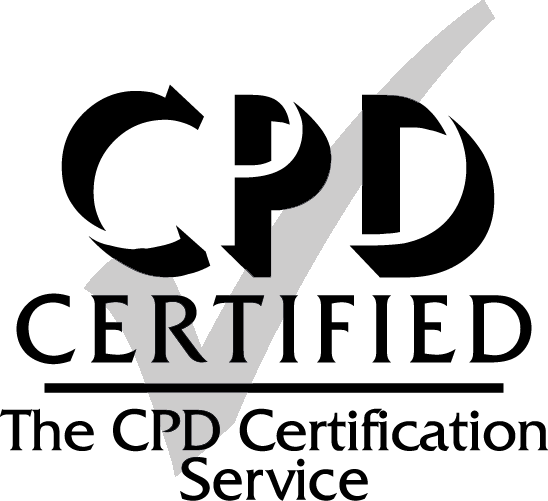
Schools are moving into a new era, moving away from chalkboards and bulky textbooks towards digital whiteboards and cloud-based assignments. This shift is thanks to EdTech Trends—an ever-evolving set of tools and methods that reshape how learning happens.
But tech in schools isn’t just about gadgets. It’s about purpose. The goal is to make education more engaging, inclusive, and prepared for the future. Despite the thrilling nature of the tools, teachers' daily decisions determine performance. Read on to learn about how these trends materialize in schools and other higher education institutions to promote student success.
6 EdTech Trends Schools Can Use to Help Students Succeed
Let’s break down the top six EdTech trends shaping education today—and how schools can make the most of them:
1. AI-Powered Personalized Learning
One of the most engaging topics at the moment is AI-Powered Personalized Learning.
Imagine that each student in the class receives content that is specific to their learning style and level rather than having to complete the same worksheet. That's AI's for you.
What it can do:
Why it matters:
2. Career Readiness Tools and Initiatives
It’s never too late to prepare students for the real world. Today’s EdTech tools are helping learners gain job-ready skills long before graduation.
What’s included?
These tools make students feel empowered. They connect what they’re learning to real-life applications, which is especially motivating for teens.
From a leadership perspective, students often say career readiness is now as important as academic success.
3. Student Safety and Wellness Solutions
It’s hard to focus on math if you’re feeling anxious. Or participate in class if you’re being bullied online.
That’s why digital wellness and safety tools are such a big part of the EdTech conversation today.
Examples include:
Why it matters:
Wellness tools don’t replace counselors, but they give schools a powerful support system that works quietly in the background.
4. Hybrid Learning
Hybrid learning combines traditional classroom teaching with online lessons. Sounds simple, but it can completely reshape how students learn.
Benefits for schools and students:
Hybrid models also prepare students for future universities and jobs, where flexibility and digital fluency are key.
And for schools? It makes them more resilient.
5. Edutainment: Learning That Is Enjoyable
Students love this one the most. The mix of education and entertainment is known as edutainment. It’s why a student might remember a math game better than a textbook formula.
Where it shows up:
Why it works:
And let’s face it—when students are having fun, they’re more likely to stick with the material.
6. Immersive Learning
Though they may sound futuristic, augmented reality (AR), virtual reality (VR), and mixed reality (MR) are already making their own space in the field of education.
Key benefits:
Immersive learning is useful for various subjects. It also supports inclusive learning by catering to different sensory and learning needs.
Best Practices: Making EdTech Work for Your School
Let’s be honest: implementing new technology isn’t easy. But with the right mindset, schools can create a tech-friendly culture that works.
Here’s how to get it right:
A great idea today may need tweaking tomorrow—and that’s okay.
Where School Leaders Fit In
Great tech is nothing without great leadership. And it’s often school principals, coordinators, or department heads who shape how EdTech is used.
That’s why professional development matters. It can help leaders:
Leaders who embrace learning themselves are better equipped to inspire learning in others.
Bottom Line
There’s no doubt—EdTech is transforming the way we teach and learn. From learning with AI to hybrid classrooms and wellness platforms, the tools are powerful—but only if used with care. They offer impact. And for educators who want to lead that change, enrolling in an educational leadership and management online course is a smart first step. The future of education isn’t about replacing teachers with technology. It’s about giving great teachers even better tools—and helping every student succeed in their own way.







